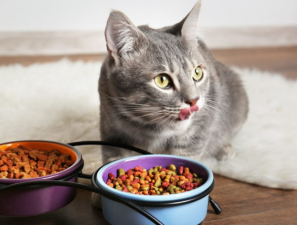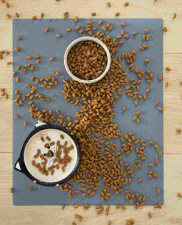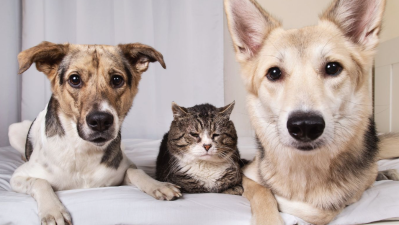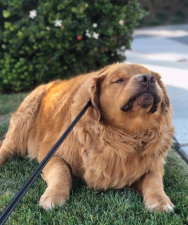In the pet food market, the debate between "grain-free cat food" and "grain-containing cat food" has never stopped. One side emphasizes the carnivorous nature of cats and advocates that grain-free is healthier; the other side believes that grains can provide necessary energy and are more cost-effective.


In the pet food market, the debate between "grain-free cat food" and "grain-containing cat food" has never stopped. One side emphasizes the carnivorous nature of cats and advocates that grain-free is healthier; the other side believes that grains can provide necessary energy and are more cost-effective.

1. Grain-free cat food
From the perspective of formula, grain-free cat food is mainly based on fresh meat, fish, and animal offal as the main raw materials. It does not contain traditional grains such as wheat, corn, and soybeans. Some products will use low-carb plants such as potatoes and peas as substitutes. The protein source is clear (such as a single chicken/fish formula), and the crude protein content is generally ≥30%, which meets the physiological needs of cats as dedicated carnivores.
Grain-free cat food is more friendly to cats with sensitive stomachs and obesity, because the low-carb characteristics help control blood sugar, and at the same time can avoid repeated soft stools caused by allergies to gluten or grain protein, and cats with poor stomachs. So most of the cat food we can see on the market now is grain-free.

2. Grain-containing cat food
Common grains include brown rice, oats, millet, etc. Some gluten-containing grains (wheat, barley) may cause sensitivity. The main role of grains in the formula is to provide carbohydrates (accounting for about 20%-30%), which are converted into energy for daily activities and reduce costs. High-quality grain-containing food will add dietary fiber (such as oat fiber) and B vitamins, but crude protein mostly comes from plant protein (such as soybean meal), and animal protein accounts for a relatively low proportion.
Grain-containing cat food is more suitable for cats who are not allergic to grains and elderly cats, because elderly cats with slowed metabolism need an appropriate amount of carbon water to provide energy. Whole grains such as brown rice contain natural antioxidants (such as oryzanol) to help delay aging.
3. Guide to Avoiding Pitfalls
(I) Grain-free grains ≠ all-meat grains
Beware of "pseudo-grain-free products: using pea protein and potato protein powder to replace animal protein, resulting in falsely high crude protein (≥40% but animal protein < 60%), which may cause liver burden if consumed for a long time.
(II) Grain-containing grains ≠ inferior grains
It is recommended to avoid controversial grains, as wheat, soybeans, and corn are prone to allergies, and choose low-sensitivity grains such as brown rice, oats, and millet; pay attention to "whether the grains are shelled (shelled grains have high fiber content but low absorption rate), and whether the grains have been fermented (to improve digestibility).



